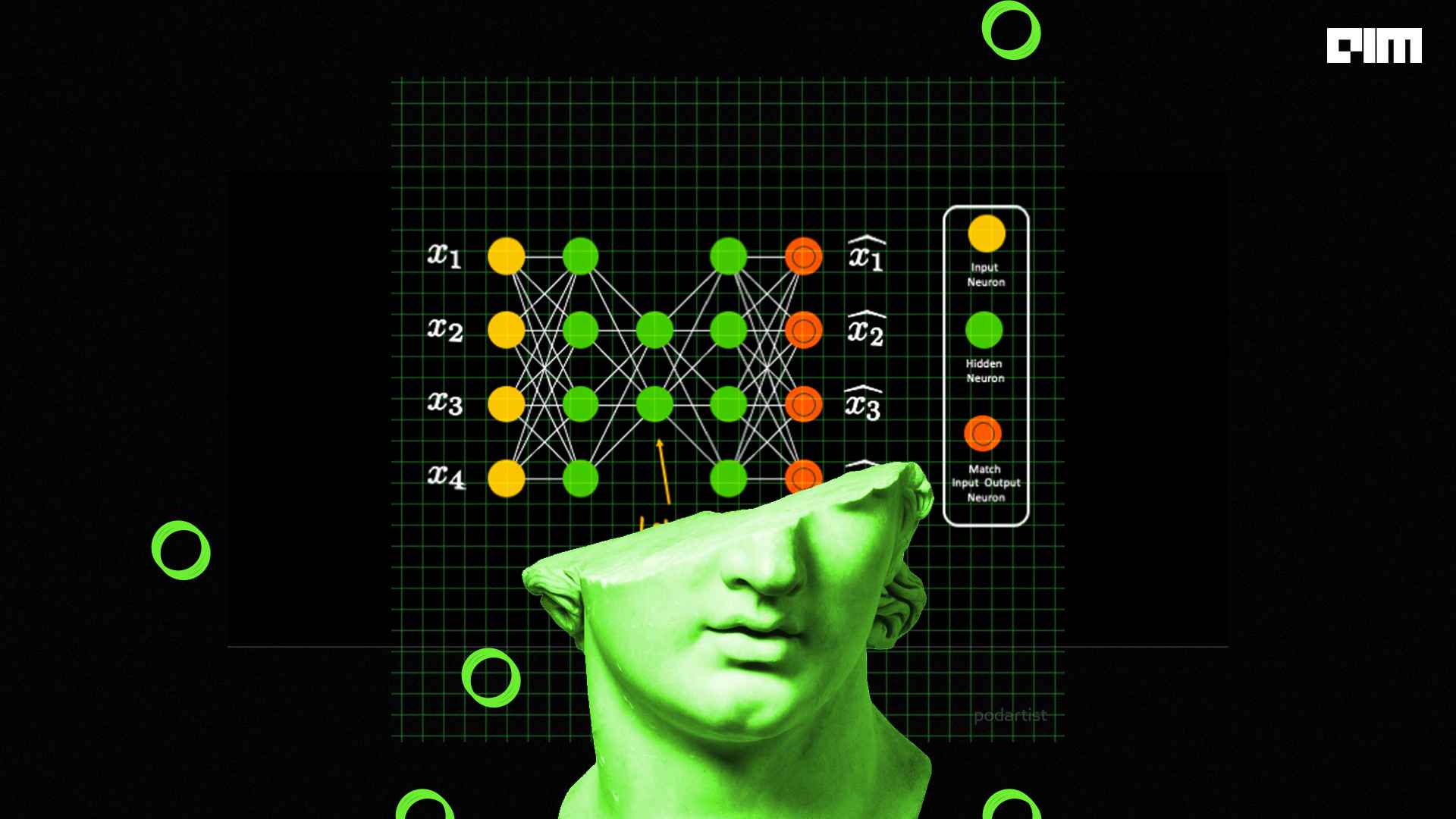Archives for encoder-decoder
Apart from the various interesting features of this model, one feature that catches the attention is its decoder-only architecture. In fact, not just PaLM, some of the most popular and widely used language models are decoder-only.


masking is a process of hiding information of the data from the models. autoencoders can be used with masked data to make the process robust and resilient.


The time-series data is a type of sequential data and encoder-decoder models are very good with the sequential data and the reason behind this capability is the LSTM or RNN layer in the network.


The time-series data is a type of sequential data and encoder-decoder models are very good with the sequential data and the reason behind this capability is the LSTM or RNN layer in the network.


In this article, we are going to see how we can remove noise from the image data using an encoder-decoder model.
The autoencoder is a specific type of feed-forward neural network where input is the same as output.
The post Guide to Autoencoders, with Python code appeared first on Analytics India Magazine.
VDSM is a novel unsupervised approach with a hierarchical architecture that learns disentangled representations through inductive bias.
The post Guide To VDSM: A Deep Inductive Bias Model For Video Disentanglement appeared first on Analytics India Magazine.


LSTM autoencoder is an encoder that makes use of LSTM encoder-decoder architecture to compress data using an encoder and decode it to retain original structure using a decoder.
The post Introduction to LSTM Autoencoder Using Keras appeared first on Analytics India Magazine.

